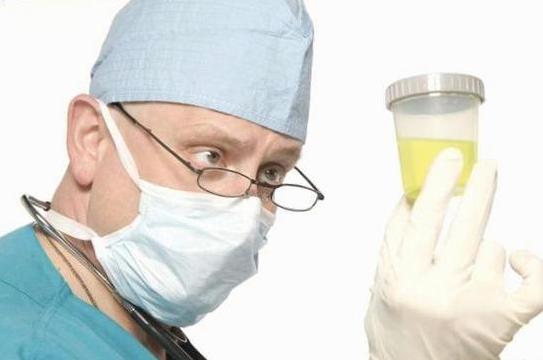If your test results show too little or no urobilinogen in your urine, it may indicate:
- A blockage in the structures that carry bile from your liver
- A blockage in the blood flow of the liver
- A problem with liver function
If your test results show a higher-than-normal level of urobilinogen, it may indicate:
- Hepatitis
- Cirrhosis
- Liver damage due to drugs
- Hemolytic anemia, a condition in which red blood cells are destroyed before they can be replaced. This leaves the body without enough healthy red blood cells
If your results are abnormal, it does not necessarily indicate you have a medical condition requiring treatment. Be sure to tell your health care provider about any medicines and supplements you are taking, as these can affect your results. If you are a woman, you should tell your health care provider if you are menstruating.



 Contact Us
Contact Us

 Hospitals
Hospitals
 Doctors
Doctors
 Diagnostic
Diagnostic
 Pharmacy
Pharmacy
 Health Tips
Health Tips
 Blog
Blog
























Comments